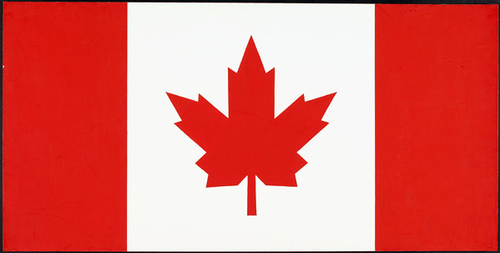 Whether it is the beautiful locations, friendly people, or long adventurous highways that span from coast to coast, Canada is a great holiday destination for a road trip. Canada has a lot of exciting places to explore. If you are planning, or have planned a Canadian road trip, bear in mind that there are different rules and regulations because it is another country.
Whether it is the beautiful locations, friendly people, or long adventurous highways that span from coast to coast, Canada is a great holiday destination for a road trip. Canada has a lot of exciting places to explore. If you are planning, or have planned a Canadian road trip, bear in mind that there are different rules and regulations because it is another country.
Driving through Canada can be the perfect vacation when you pay attention to the rules and get your car insurance right. This post will help you prepare for auto insurance requirements and help you enjoy your journey when you’re ready to cross into Canada.
Items You Will Need To Cross The Border
For short term tourism trips of 6 months or less, US citizens don’t require a visa to enter Canada. Here are some documents you will be asked to produce at the border:
- Driver’s license that will be valid for the full duration of your stay in Canada.
- International passport to serve as valid proof of identification. A NEXUS or FAST membership card can serve as an alternative passport for US citizens while permanent residents must provide their passport or proof of residence.
- Car registration and insurance documents
- Proof of US citizenship for every child you travel with
Calmly accept border inspection checks if border guards request to see what you’re bringing into the country.
Factors To Consider While Driving In Canada
- Driving in the United States is very similar to driving in Canada, but there are subtle differences you should keep in mind. Differences in provincial road rules and laws are important to note while driving in Canada.
- Driving requirements: before driving in Canada, you will need a valid driver’s license and adequate auto insurance. A US driver’s license is valid in Canada, and as we mentioned earlier, US auto insurance covers Canada too.
- Driving during winter: white-outs, heavy snow, and black ice are no joke for drivers during Canadian winters. Even experienced Canadian driver’s check weather conditions and ensure they have adequate resources to beat the weather.
- Rules of the road: general rules like driving on the right side apply both in the United States and Canada. However, there are significant differences that vary by province. Any US citizen driving in Canada should be aware of the following rules:
– Road signs might be in French, English, or both languages.
– Speed limits are posted in metric units (km instead of miles).
– Every passenger is required to wear a seatbelt and children under 40 pounds must be in a car seat.
– Only hands-free use of cellular devices is allowed during driving.
– A DUI (driving under the influence of alcohol) in Canada is an offense punishable by car impound, driving suspension or arrest.
– Many Canadian provinces have a ban on smoking in cars with minors present.
Travel Insurance Is A Better Option For Injury Coverage
The US domestic plan does not cover US citizens in Canada under the public health system. US citizens will have to pay medical expenses out of pocket while in Canada. Travel insurance is always the best option for sickness and injury coverage in case of unexpected situations. You can put your mind at ease when you pick a good provider for this service. Different plans can be purchased at little cost before visiting Canada.
Consider Joining An Automobile Association For Roadside Assistance
The American Automobile Association (AAA) and other organizations partner with the Canadian Automobile Association (CAA) to provide roadside assistance to registered drivers. Your full car insurance coverage will be a lot more helpful with roadside assistance included. Except for extreme cases in sparsely populated areas, cell phone coverage in Canada is really good and provides an avenue for you to call for roadside assistance in case your car breaks down and needs repairs. Everything from a dead battery to a flat tire or missing key can be taken care of by roadside assistance if you are a member of AAA or other associate organizations.
Check With Your Insurance Provider Before You Leave
Carrying out a regular review of your auto insurance policy is good practice. This updates you on your coverage status and shows if you have adequate coverage for your needs or not. It is perfect for conducting such a review when planning a Canadian road trip. Since US auto insurance policies are valid in Canada, you aren’t required to effect any changes. But knowing the recommendations is a good idea.
Conclusion
The great news about planning a Canadian road trip is that US auto insurance policies will cover you and your vehicle when you cross the border. Every American insurance policy for cars covers all fifty states, territories, and Canada. However, there is a lot to consider while crossing the border from preparing the right documents to Canadian driving rules and everything in between.
Make sure you do your research and know all there is to know before taking off. This post covers the basics, but you can keep digging deeper and gathering more in-depth knowledge according to your needs.
